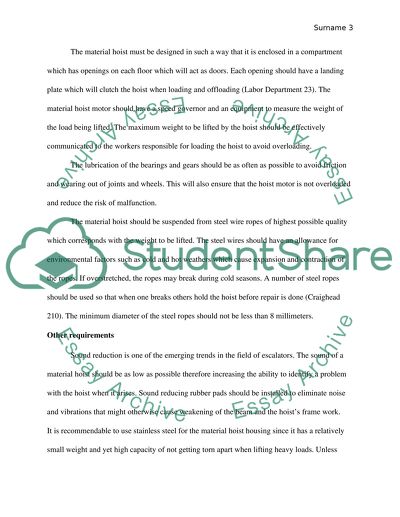Cite this document
(“Building and construction Safety Technology Assignment”, n.d.)
Retrieved from https://studentshare.org/engineering-and-construction/1395030-safety-technology
Retrieved from https://studentshare.org/engineering-and-construction/1395030-safety-technology
(Building and Construction Safety Technology Assignment)
https://studentshare.org/engineering-and-construction/1395030-safety-technology.
https://studentshare.org/engineering-and-construction/1395030-safety-technology.
“Building and Construction Safety Technology Assignment”, n.d. https://studentshare.org/engineering-and-construction/1395030-safety-technology.


